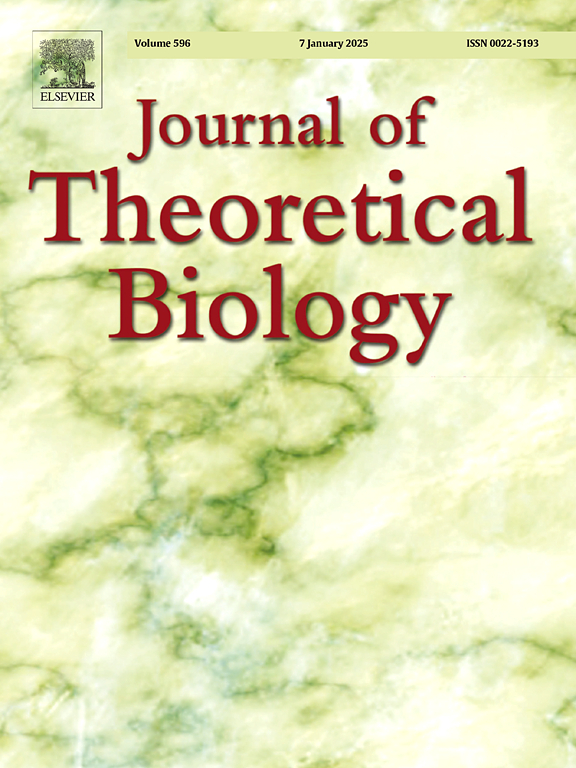稳定地编码具有叶位对开的系统发育树。
IF 2
4区 数学
Q2 BIOLOGY
引用次数: 0
摘要
随着基因组测序数据的不断扩大,一个持续的研究挑战是适应系统发育的增长。这种情况出现在分子流行病学中,例如,随着病原体分离物的测序,新的分类群可以实时出现。有效的计算方法已经被开发出来,可以在现有的树木上放置新的叶子,从而消除了从头开始重建树木的需要。但是,为了使这些树的扩展与分类方案完全集成,需要对树进行稳定的编码,使现有的树结构在新分支出现时保持完整。在这里,我们提出了一种树编码,我们称之为folio,它记录了从参考顶点到每个叶子的路径,给每个叶子一个地址。我们给出了一组简单的规则来为添加的叶子分配新地址。编码是稳定的,因为它不会随着进一步的叶地址添加到组合中而改变。树可以唯一地从一组地址中恢复。我们用沙门氏菌基因组数据来说明方法。由于我们的编码框架的特性,我们预计它可以用于一系列不同的系统发育分析。本文章由计算机程序翻译,如有差异,请以英文原文为准。
Stably encoding phylogenetic trees with folios of leaf addresses
As genome sequencing data continue to expand, a persistent research challenge is to accommodate the growth of a phylogeny. This situation arises in molecular epidemiology, for example, where new taxonomic groups can appear in real time as pathogen isolates are sequenced. Efficient computational methods have been developed to place new leaves in existing trees, which removes the need to reconstruct trees from scratch. But for these tree extensions to be fully integrated with classification schemes requires a stable encoding of trees that keeps existing tree structures intact as new branches appear. Here, we propose a tree encoding, which we call a folio, that records the path from a reference vertex to each leaf, giving each leaf an address. We present a simple set of rules to assign new addresses to added leaves. The encoding is stable in the sense that it does not change as further leaf addresses are added to the folio. The tree can be uniquely recovered from a folio of addresses. We illustrate the methods using Salmonella genome data. Due to the properties of our encoding framework, we anticipate that it can be used for a range of different phylogenetic analyses.
求助全文
通过发布文献求助,成功后即可免费获取论文全文。
去求助
来源期刊
CiteScore
4.20
自引率
5.00%
发文量
218
审稿时长
51 days
期刊介绍:
The Journal of Theoretical Biology is the leading forum for theoretical perspectives that give insight into biological processes. It covers a very wide range of topics and is of interest to biologists in many areas of research, including:
• Brain and Neuroscience
• Cancer Growth and Treatment
• Cell Biology
• Developmental Biology
• Ecology
• Evolution
• Immunology,
• Infectious and non-infectious Diseases,
• Mathematical, Computational, Biophysical and Statistical Modeling
• Microbiology, Molecular Biology, and Biochemistry
• Networks and Complex Systems
• Physiology
• Pharmacodynamics
• Animal Behavior and Game Theory
Acceptable papers are those that bear significant importance on the biology per se being presented, and not on the mathematical analysis. Papers that include some data or experimental material bearing on theory will be considered, including those that contain comparative study, statistical data analysis, mathematical proof, computer simulations, experiments, field observations, or even philosophical arguments, which are all methods to support or reject theoretical ideas. However, there should be a concerted effort to make papers intelligible to biologists in the chosen field.

 求助内容:
求助内容: 应助结果提醒方式:
应助结果提醒方式:


